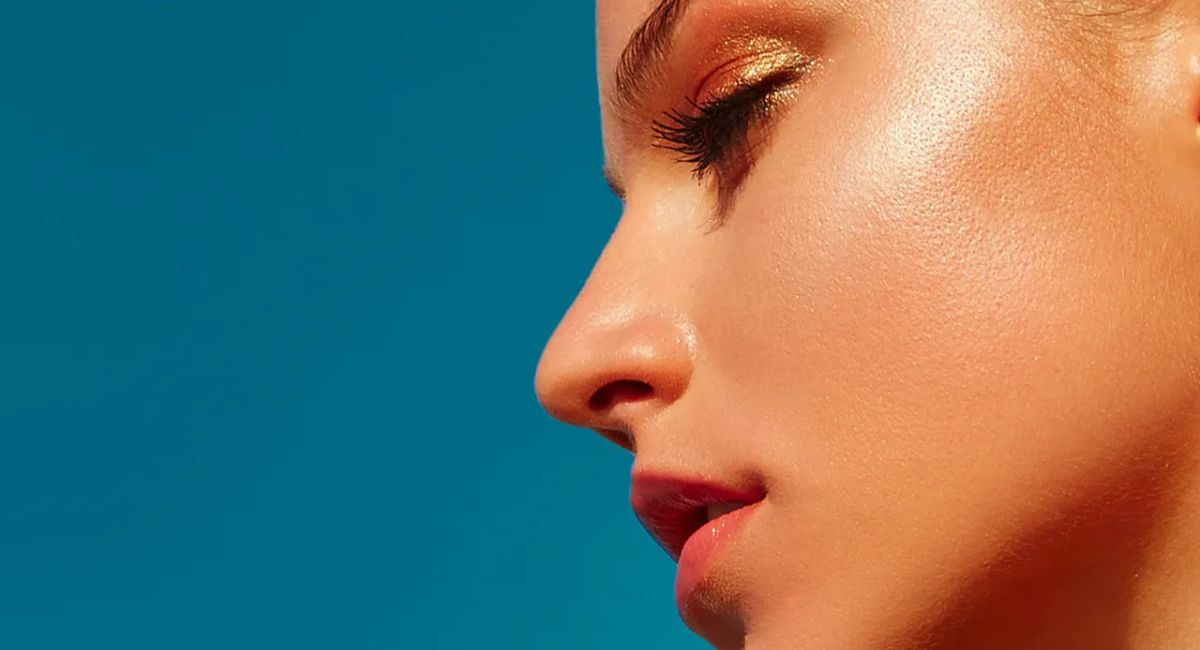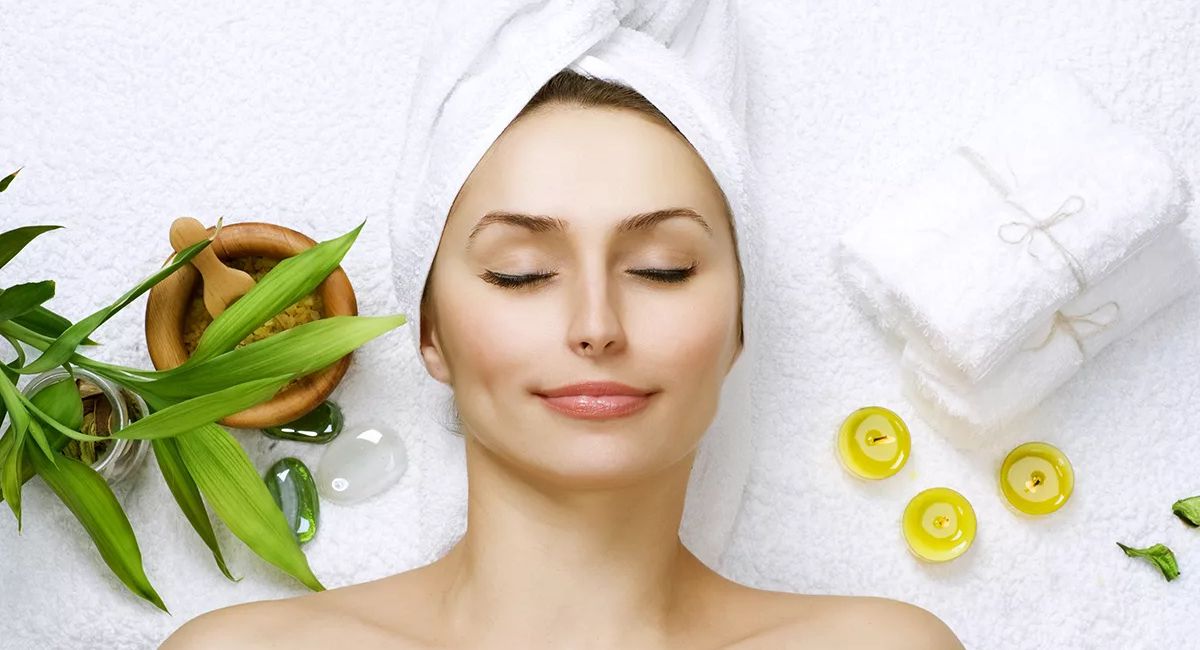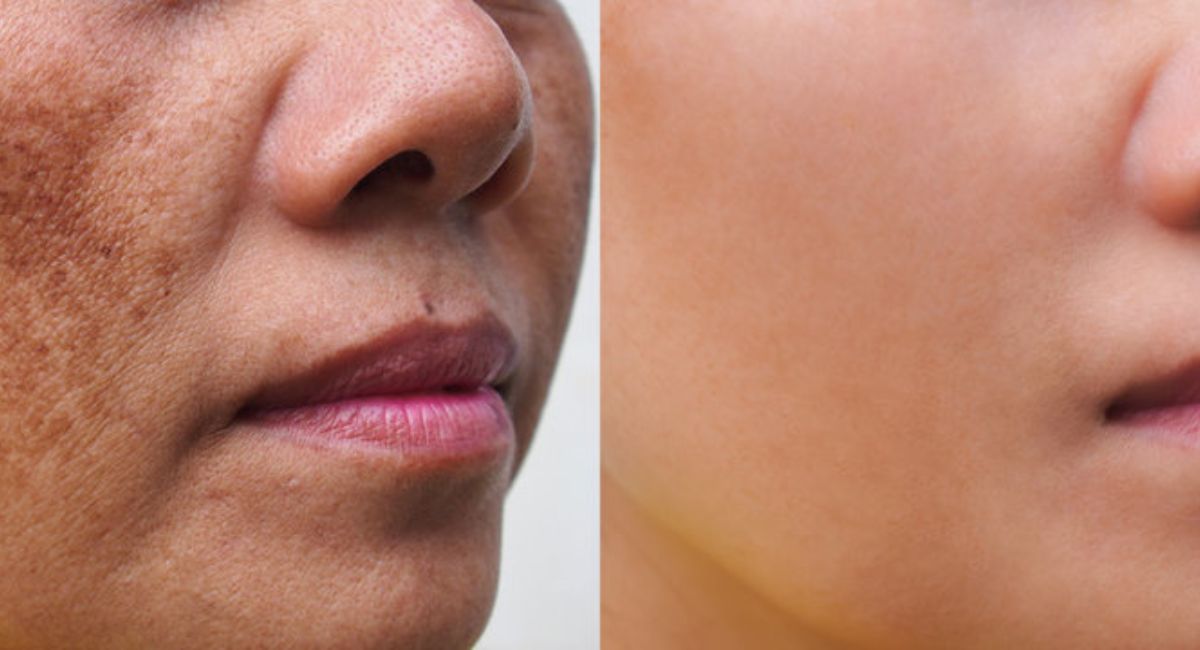Waking up one day and noticing dark patches on your cheeks or forehead can feel frustrating. You try scrubs, creams, even cover them with makeup, but nothing seems to work. That’s when you start searching for real answers on How to Remove Sun Spot on Face without damaging your skin.
This blog will guide you through safe, effective, and proven ways to fade those stubborn marks. From natural home remedies to dermatologist treatments, you’ll discover practical solutions that fit your lifestyle and skin type. If you’ve been looking for clear advice on How to Remove Sun Spot on Face, you’re in the right place.
What Are Sun Spots and Why Do They Appear on the Face?
Sun spots, also called age spots or liver spots, are flat brown patches that show up on the skin after years of sun exposure. They are harmless, but they signal that your skin has been overexposed to UV radiation. The difference between sun spots and age spots is that age spots often appear with aging, while sun spots are triggered primarily by sunlight.
They form when UV light speeds up melanin production in the skin. Over time, the pigment clusters together, leaving visible dark patches. Many people mistake them for freckles or moles, but unlike freckles, sun spots usually appear after age 30 and stay on the skin unless treated with sun spot removal cream or medical procedures.
Early Signs and Symptoms of Sun Spots You Should Know

Sun spots usually start as small, light brown dots that slowly darken. They are painless, flat, and don’t itch, which often makes people ignore them. Unlike rashes or acne, they don’t go away without dark spot treatment for face options. The earliest signs include spots that get darker after long days outdoors or tanning sessions.
To make it clearer, here’s a simple comparison table:
| Skin Mark | Appearance | Cause | Risk |
|---|---|---|---|
| Freckles | Small, light brown, fade in winter | Genetics + Sun | Harmless |
| Sun Spots | Flat, brown/black patches, constant | UV exposure | Harmless |
| Moles | Raised or irregular shape | Genetics | May need medical check |
Recognizing them early gives you a better chance of fading them with skin brightening home remedies before they deepen.
Common Causes of Sun Spots on the Face
The main cause of sun spots is UV radiation. Spending hours outside without sunscreen for pigmentation prevention allows UV rays to stimulate melanin, leaving visible patches. Even tanning beds can trigger the same reaction, which explains why younger people who tan frequently often struggle with them.
Other causes include aging, genetics, and medications like birth control pills that increase skin sensitivity. People with lighter skin tones are more vulnerable because they have less natural melanin protection. Knowing the root cause helps you choose between home vs clinical treatment for sun spots more effectively.
Natural Home Remedies for Sun Spot Removal
For those wondering about the best home remedies for sun spots on the face, simple kitchen ingredients can help. Aloe vera soothes the skin while slowly lightening pigmentation, while lemon juice contains citric acid that gently exfoliates. Turmeric and honey are often used in herbal remedies for skin discoloration, offering antioxidant support.
While these methods can lighten spots, they work slowly. If you want to know how long does it take to fade sun spots, expect several weeks to months of consistent application. These skin brightening home remedies are best for mild cases and prevention rather than quick fixes.
Best Skincare Ingredients That Help Fade Sun Spots
If you’re searching for which skincare ingredients fade sun spots fastest, dermatologists recommend Vitamin C, Niacinamide, Kojic Acid, Retinol, and Alpha Hydroxy Acids. These ingredients break down melanin clusters, brighten the skin, and improve texture over time.
Here’s a quick table of ingredients and their benefits:
| Ingredient | Benefit |
|---|---|
| Vitamin C | Brightens skin, reduces oxidative stress |
| Niacinamide | Fades pigmentation, calms irritation |
| Retinol | Speeds cell turnover, reduces spots |
| Kojic Acid | Inhibits melanin production |
| AHAs | Exfoliate dead cells, reveal clearer skin |
Using the best cream for sun spots on face with these ingredients gives visible results faster than DIY options.
Dermatologist-Recommended Treatments for Sun Spots

When natural methods aren’t enough, you may need dermatologist recommended treatments for sun spots. Prescription creams like hydroquinone or stronger retinoids can fade dark patches faster than over-the-counter creams for dark spots. Dermatologists may also suggest professional-strength serums that include multiple active ingredients.
As one dermatologist explains, “Patience is key. With consistent care and sun protection, most sun spots fade within three to six months.” This shows that even medical dark spot treatment for face options require time and discipline.
Laser, Peels, and Advanced Clinical Options for Stubborn Spots
For stubborn cases, is laser treatment safe for sun spot removal becomes a common question. The answer is yes when done by a certified professional. Fraxel and IPL (Intense Pulsed Light) are popular types of laser treatment for dark spots, breaking down melanin and encouraging new skin growth.
Another option is chemical peel for sun spots, which removes the damaged top layer of skin. While do chemical peels remove sun spots permanently, the truth is they reduce them significantly but sun protection is needed to stop recurrence. Advanced options usually cost more but provide faster, long-lasting results.
How Daily Skincare Routine Can Prevent Sun Spots
The best way to deal with spots is to stop them before they form. Cleansing, moisturizing, and exfoliating are essential steps, but prevention is key. Following a routine that strengthens the skin barrier ensures your face can resist UV damage.
Many people ask can daily skincare reduce hyperpigmentation and the answer is yes. Using serums with Vitamin C or Niacinamide, paired with a good moisturizer, not only fades existing spots but also prevents new ones. This daily routine works as a natural sun damage treatment for skin.
Role of Sunscreen and Sun Protection in Spot Prevention
If you’re still wondering can sunscreen remove existing sun spots, the answer is no. Sunscreen doesn’t erase spots, but it prevents them from getting darker and helps other treatments work effectively. Without sunscreen, all other efforts may fail.
Experts stress that how to prevent sun spots on face in summer comes down to wearing SPF 30 or higher daily, even on cloudy days. Reapplying every two hours outdoors and using hats or umbrellas provides maximum protection. In fact, sunscreen for pigmentation prevention is considered the most important step in any sun spot care plan.
Ayurvedic and Herbal Remedies for Long-Term Skin Health

Ancient practices offer unique solutions like ayurvedic treatment for sun damage using turmeric, sandalwood, and neem. These natural elements have anti-inflammatory and skin-brightening qualities, making them useful for pigmentation care. Coconut oil and rose water are also known as the best natural oils for sun-damaged skin.
Many ask, is herbal treatment effective for sun spot removal, and while results may not be as quick as lasers, they provide safe and holistic care. These herbal remedies for skin discoloration support long-term balance and improve overall skin health naturally.
Conclusion
Sun spots are common, but they don’t have to define your skin’s future. From how to fade age spots naturally to advanced clinical solutions like lasers and peels, there are many ways to restore clear, healthy skin.
The key lies in choosing the right treatment for your needs and combining it with prevention. By using sun spot removal cream, practicing smart sun protection, and exploring both modern and ayurvedic treatment for sun damage, you can achieve lasting results with confidence.
FAQs About Removing Sun Spots on Face
1. Do sun spots go away on their own?
Usually not. They tend to stay unless treated.
2. Can sunscreen remove sun spots?
No, but it prevents existing spots from darkening and new ones from forming.
3. What’s the fastest way to remove sun spots?
Laser treatments are the quickest, though they’re also the most expensive.
4. Is it safe to use lemon juice on sun spots?
It can irritate skin and increase sun sensitivity. Use with caution and always apply sunscreen.
5. Can men get sun spots too?
Yes. Sun spots are not gender-specific.
6. Are sun spots dangerous?
No, but it’s important to monitor them. Any spot that changes in size, shape, or color should be checked by a dermatologist.
7. What’s the best natural remedy?
Vitamin C and aloe vera are the most studied and safest natural options.
8. How long does it take to see results?
Topical treatments: 8–12 weeks. Professional treatments: 1–3 sessions depending on method.

